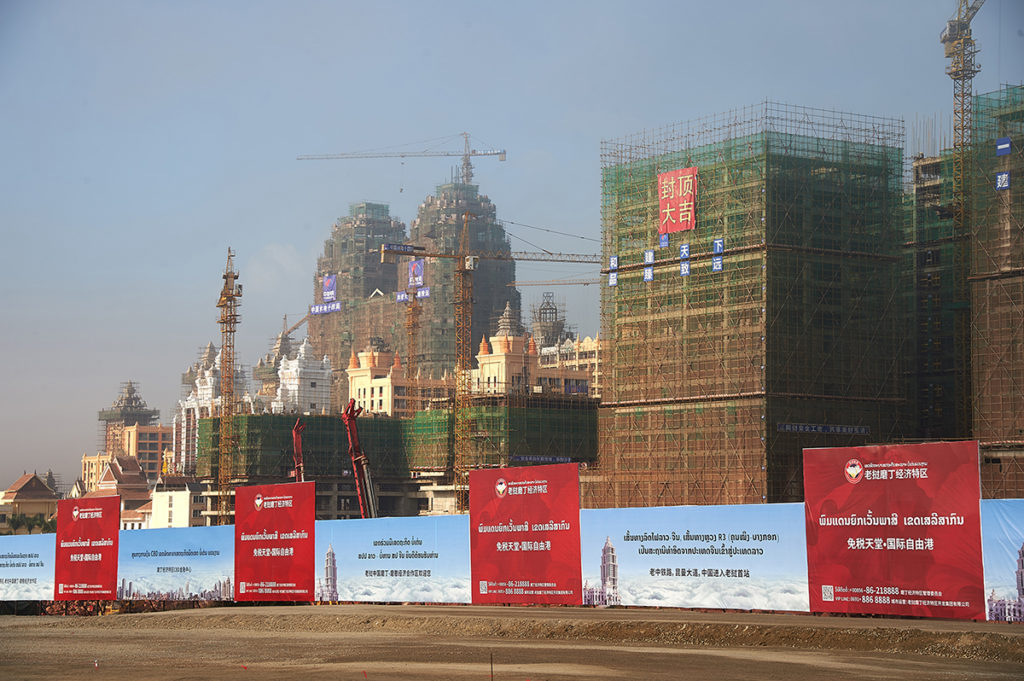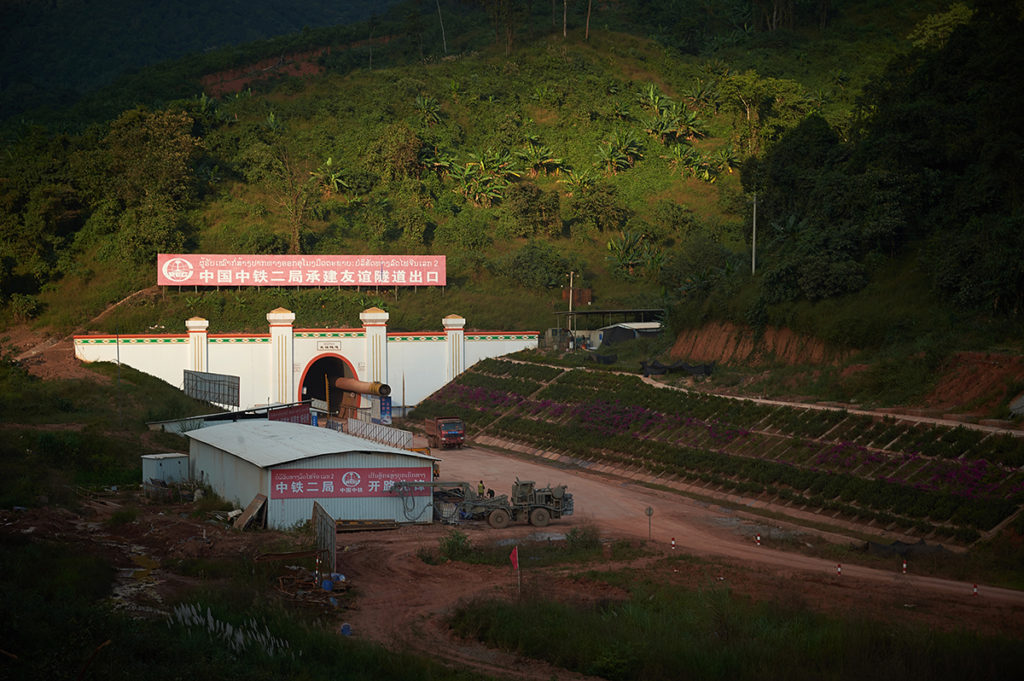2002. Laos’ border town in the North next to China named Boten was once a remote town with casino magnet attracting tourists and gamblers from China to come stay, and since it seemed to have never fallen into sleep.
That was until 2011, when the Chinese government kickstarted a series of suppression against crimes, including gambling across the border, affecting Chinese gamblers who loved to cross the border to Boten for luck.
Boten had been vacated since, becoming a ghost town with no lights or neons. Shops and buildings were vacated and abandoned. People left the town, leaving it in the dark days.
But a few years ago, the town was resurrected following the arrival of the China-Laos Railway, part of China’s global scaled Belt and Road Initiative, a series of mostly Chinese-financed infrastructure projects around the world receiving direct investment and loans.
The new high-speed railway was kicked off in late 2016 and was set for completion at the end of 2021.
The Laos government hopes the passenger and freight railway will boost tourism and trade and bring prosperity to its seven million citizens. Given the country’s mountainous geography, the railway is a mighty engineering challenge: only 38% of it will run along the ground, with the rest crossing 170 bridges and passing through 72 tunnels.
By then a 414-kilometre section of track will snake from Boten, on the China border, all the way down to Vientiane, on the Thai border. (Read: The China built railway cutting through Laos)
And with the investment worth around US$1.5 billion, once the ghost town Boten was awaken as the railway’s first station of Laos, boosting hopes among its rare residents and Laotians that the town would return to its vibrant atmosphere, with shops, hotels, golf courses, and several other infrastructure sprung up under the Boten Special Economic Zone, becoming a center of tourism and a financial hub on the border again.
The Boten Special Economic Zone is set to be complete in 2021, almost the same time of the railway’s operation. At present, investors from various countries have come to invest in Boten with the hope that Boten would return to its glory days.
The only question is; during the resurrection, whether the locals would gain any benefits, apart from witnessing their town becoming alive again.
As heavy machines roar here and there in construction sites all over the town and the dust is sent to the sky, perhaps the answer is already there.














